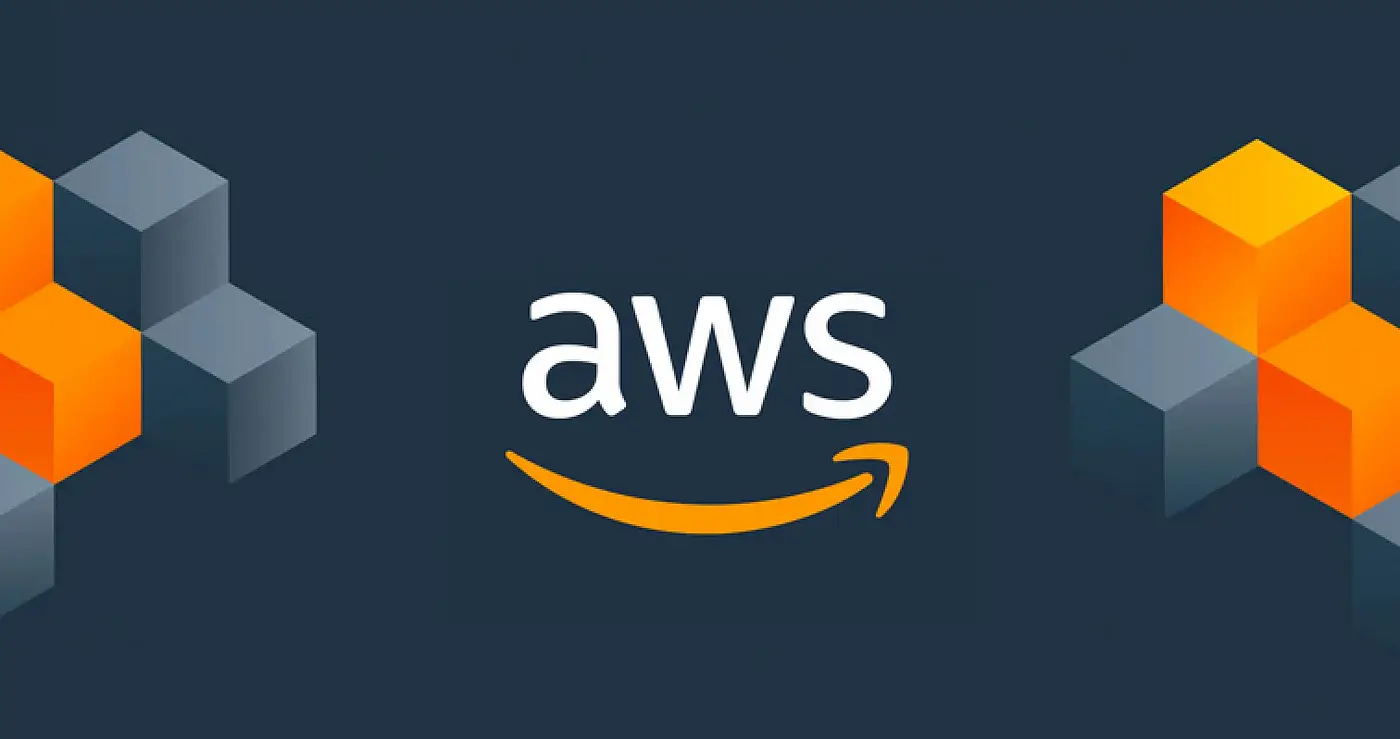Our Trainings
- DevOps
- AWS
- Azure

1. Databases
2. Launching an RDS Instance
3. RDS - Backups, Multi-AZ & Read Replicas
4. DynamoDB
5. RedShift
6. Elasticache
7. Aurora
8. Databases Summary
1. Introduction & Overview
2. Build Your Own Custom VPC
3. Network Address Translation (NAT)
4. Network Access Control Lists vs Security Groups
5. Custom VPC's and ELBs
6. VPC Flow Logs
7. NATs vs Bastions
8. VPC Clean Up
9. VPC Summary
Welcome to Tanvisol, a leading provider of comprehensive IT solutions and professional training in cutting-edge technologies such as DevOps, AWS, and Azure.
+91 8886886842
support@tanvisol.com, info@tanvisol.com
Location
SRL Colony near Lasya Clinic Kothapet, Hyderabad Telagana 500035 India
Copyrights 2025@Tanvisol.All Rights Reserved
WhatsApp us